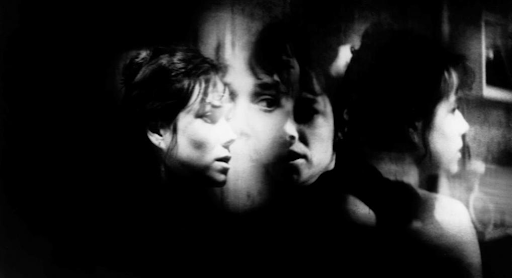Where Does Conceptual Art Come From
Conceptual Art was a radical movement that emerged in the 1960s when artists began to question the entire idea of what it takes for something to be considered art. The movement was a direct result of Modernism that rejected the value of aesthetic beauty in art. Similarly, Conceptual Art placed emphasis on the process of planning and creating art, rather than the final result. Conceptual artists used all kinds of unconventional forms — such as performance, writing, and dancing — to send across their message or express emotion.
“In conceptual art the idea or concept is the most important aspect of the work.”
— Sol LeWitt
Impact on the World
In a world where art had turned into an object of mass production, conceptual artists attempted to work against the commercialized art world by putting the value of the work within its thought process. Conceptual Artists did not create art that was meant to look beautiful and thus, their work was usually not available for people to buy or replicate. All forms of conceptual art from the 1960s to the 1970s had underlying tones of socio-political commentary attached to them, paving the way for art to incite change in the world.
“We need to remind ourselves that contemporary art is, first of all, a form of conceptual gymnastics, in which we learn to coexist with what we don’t understand.”
— Massimiliano Gioni
“Conceptual art is only good if the idea is good.”
— Sol LeWitt
Impact on Literature
With Conceptualism, anything had the potential to be art, including writing and literature. This completely changed the way authors functioned and gave birth to a new style of writing called ‘Conceptual Writing’ where the process of writing was more important than the text that was produced. This gave rise to a number of experimental works that provoked readers to see rather than just read, leading to an endless amount of interpretations based on the audience’s perception of the world that the writer creates.
“The most important lesson I received from Conceptual art consisted in the recording of simple and obvious things, and viewing them under a whole new light.”
— Luigi Ghirri
Impact on Music
Conceptual Art was also an important reference point for the development of conceptual music. Traditionally, music is supposed to be balanced. It has a starting point, a midpoint, and an end. However, conceptual artists began to merge the lines between art and music, questioning the entire idea of music itself. One of the most famous conceptual musicians was John Cage who released his piece ‘4:33’ on a music record. The entire record was four minutes and thirty-three seconds of silence, subverting the very idea of music production. According to Cage, this piece could be performed by anyone anywhere in the world, which was the concept behind its creation.
Impact on Film
Conceptualism translated into works of cinema as well, leading to what we now know as the ‘Experimental’ genre of films, where the concept behind the film is imperative to what the filmmaker ends up showing on the screen. With conceptual films, the audience is prompted to come up with their own explanations for the events unfolding within the narrative, making it an immensely active process of consuming cinema. Experimental films opened up opportunities for lesser-known filmmakers to put their work out into the world because conceptualism in film rejected grand sets and huge filming budgets.
“Great art – or good art – is when you look at it, experience it and it stays in your mind. I don’t think conceptual art and traditional art are all that different.”
— Damien Hirst
“All of the significant art of today stems from Conceptual art. This includes the art of installation, political, feminist and socially directed art.”
— Sol LeWitt
Impact on Art
The conceptualization of art accepted artists who were not traditionally trained in conventional art mediums, allowing them to express their vision through unconventional works. One of the forerunners of the conceptual art movement was the French artist Marcel Duchamp who made use of already existing objects and attached conceptual meanings to them, rejecting the idea that art always had to be technical. Conceptual Art forced the world to see the beauty in ordinary, everyday objects, paving the way for all modern art to question the world we live in.
Looking to explore more art genres? Head over to JoeLatimer.com for a multidisciplinary, visually stunning experience. ☮️❤️🎨
Enjoy this blog? Please help spread the word via:










